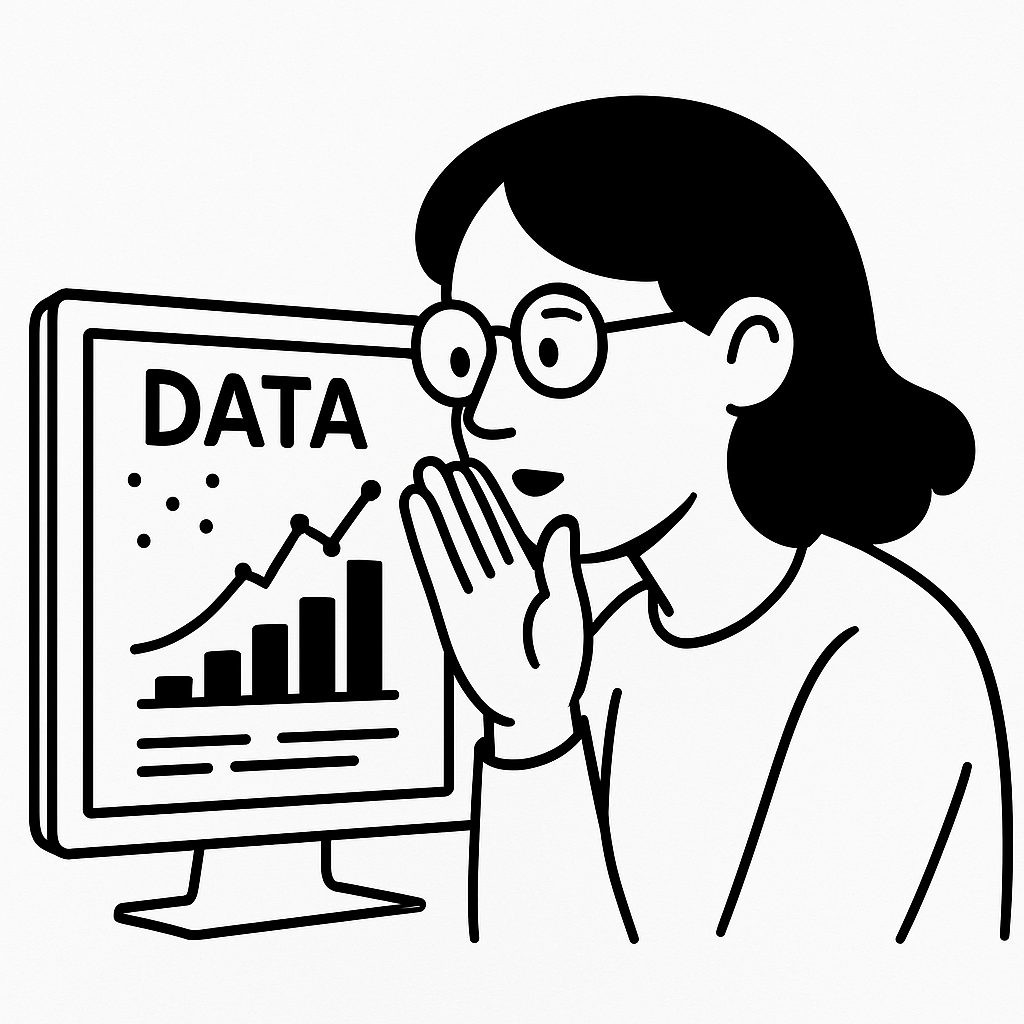In higher education, there’s a group of professionals whose work impacts nearly every decision, every strategy, and every student outcome, but most people don’t know they exist. These are the “data whisperers” of higher education. While the rest of the institution focuses on teaching, research, and student life, data professionals quietly work behind the scenes, ensuring that student records are accurate, compliance is met, and analytics guide decisions. Yet, despite their influence, they often go unnoticed. So, why is that? And should they be more visible?
The Hidden Backbone of Higher Education
Data professionals in higher education are like the unsung heroes of a superhero film. They’re not in the spotlight, but without them, the whole system would likely collapse. From managing student records to ensuring compliance with regulations, these professionals play a crucial role in ensuring that everything runs smoothly.
And yet, despite their importance, their work is often invisible. While leadership teams regularly make data-driven decisions, few fully appreciate the expertise and effort that goes into preparing that data. To many, data work is seen as more of a technical or administrative task, important but not as “exciting” as, say, teaching or research. This perception can lead to a disconnect where data professionals remain outside of the strategic conversations that influence the direction of the institution.
The Challenges of Invisibility
So what happens when you’re invisible? For one, you don’t get credit for your work. Data teams are often excluded from discussions about key institutional successes, and the impact of their contributions can go unrecognised. It’s like putting together a winning team, but no one knows who the coach is.
But the lack of recognition isn’t just a personal blow. It has real institutional consequences, too. When data professionals aren’t involved in decision-making until the very last minute (or worse, not involved at all), it can hinder the quality of the decisions being made. The input they could provide might be just the thing to prevent poor strategies from being implemented. Siloed working also becomes an issue: data teams often operate in isolation, without collaboration with academic or administrative leadership, creating inefficiencies and missed opportunities for synergy.
The Case for Greater Visibility
But all is not lost. There’s a strong case for increasing the visibility of data professionals. After all, data drives strategy, period. If institutions are making decisions based on data, it only makes sense to have those who understand the intricacies of that data at the table. By making data professionals visible, institutions can make more informed, effective decisions.
Better yet, improving data literacy across an institution can only improve decision-making. When academic, administrative, and leadership teams understand the power of data and how it can be used, they can leverage it more effectively. And it’s not just about numbers; it’s about using those numbers to tell compelling stories that drive institutional change. After all, storytelling is one of the most powerful tools we have to influence decisions, and who better to tell those stories than the data professionals who know the story behind the data?
Finally, professional networks like SROC, AHEP, and WonkHE can play a crucial role in advocating for data professionals, helping them to gain the visibility and recognition they deserve. These networks provide opportunities for data professionals to share insights, gain support, and raise awareness about the important work they do.
Practical Steps to Increase Visibility
So, how can data professionals become more visible? There are several practical steps that can help.
- Internal Engagement: Data professionals can increase their visibility by running workshops, contributing to strategic planning, and ensuring that dashboards tell compelling, actionable stories. When data is presented in an understandable and engaging way, it’s easier to get buy-in from leadership.
- Professional Networks: Engaging with professional groups like SROC, AHEP, and WonkHE can help data professionals raise their profiles. These networks offer opportunities to share knowledge, advocate for their role, and collaborate on initiatives that will elevate the importance of data in higher education.
- Speaking Up in Meetings: Data professionals need to take a more active role in leadership discussions. Being proactive in meetings, offering insights, asking questions, and sharing data-driven recommendations, can help ensure that their expertise is recognised and valued.
- Storytelling with Data: Shifting from raw numbers to narratives that illustrate the impact of data can make all the difference. By telling the story behind the data, data professionals can show how their work influences key outcomes, helping to make their contributions more tangible and appreciated.

It’s clear that data professionals in higher education have a crucial role to play in shaping the future of institutions. But to truly unlock their potential, institutions need to bring their “data whisperers” out of the shadows. By making data professionals more visible, institutions can improve their decision-making processes, drive more strategic change, and ensure that their data is being used to its full potential.
So, how can your institution better integrate data professionals into strategic discussions? What steps can you take to ensure that your data whisperers are given the recognition and voice they deserve? The answers may vary, but one thing is certain: it’s time for data professionals to step forward and make their voices heard.